Ertach Kernow - Cornwall's vanishing social heritage
Cornwall's vanishing social heritage - Lost Cornish Pubs
Reflecting on our changing Cornish towns and villages over the past 50 years one of the greatest is the loss of the traditional public house, what might be referred to as a boozer. Many of these have changed to gastro pubs offering restaurant style food within a public house, not necessarily a bad thing. Others have become coffee shops, wine bars and similar establishments again a positive move in creating wider diversity. Sadly, many have just closed their doors as nowadays people frequent pubs less readily than previous generations. A growth in chains taking over independent pubs has often seen a total loss of character by creating a homogenised look across all their establishments.
fifteen months ago, I came across a small book by Arthur Caddick, published in 1956 entitled ‘One Hundred Doors are Open’ about pubs in mid and west Cornwall. I shared some of these with Voice readers and looked at whether some of these were still working pubs or had long gone. Chance was last week I found a 1970’s booklet called ‘In Inns in Cornwall; A Selective Guide to good Eating and Drinking in the Royal Duchy’. Here’s a small selection, some still with us and others which have vanished but hopefully remembered as part of Cornwall’s past.
The Admiral Benbow, Penzance is the first one in the booklet and at the time of publishing owned by Roland Morris. Roland had restored the pub during the 1960 and is perhaps better known as a diver who with his team salvaged and saved huge amounts of historic objects from wrecks of HMS Association, HMS Colossus and three other wrecks of Scilly. The following is a summary what was said in the 1970’s. ‘A Tavern from the smuggling days with a genuine secret tunnel. What a Tavern, a nautical museum with its treasured collection of relics gathered from Cornish shipwrecks throughout the centuries. Figureheads' ornate carvings, wheels, lamps and a hundred and one 'things' from the seabed adorn the Wreck Bar. There are two dining areas, the front Tavern and the Great Cabin at the rear. This latter is a faithful replica of the stern cabin of a 17th century privateer, constructed of carvings, stanchions and panels taken from ships which have sailed the seven seas.’
On a reconnaissance mission we were greeted by friendly staff and found the Admiral Benbow much unchanged from its description, an absolute delight. We enjoyed a substantial Sunday lunch and chatted with Chris the present owner who described himself as the custodian of the substantial collection housed within the Admiral Benbow for future generations to enjoy.
The London Inn, Redruth is another historic building Grade II listed, but sadly closed as a pub some time ago and still awaiting a new purpose. However, In 2020 Redruth was awarded High Street Heritage Action Zone funding with the London Inn one of its key capital projects. As one of Redruth’s oldest inns it was mentioned as one of the principle hostelries in the town in 1776, records show that a James Snow had it in 1854 and during the 1870’s John Trestrail and his wife Marth. After John’s death in 1887 Martha continued to run the inn with help from her son also John in to the 1890’s. By the time of our publication in the late 1970’s the Licensee was Roy Wilder and the description read as follows. ‘The hotel with its distinctive columned-porch stands on steeply rising Fore Street in the centre of Redruth and was once an old coaching inn on the London to Penzance run, hence the name London Hotel. Dating from the 16th century and protected by a preservation order, the inn, as little as a year ago had been in the hands of the Trestrail family for one hundred years.’ Whether it was the extended Trestrail family who continued this long connection would be interesting to confirm.
During my occasional youthful forays into Redruth the London Inn was a place I visited, and I’m pleased to learn that the building will hopefully again become a part of Redruth life.
Jill and Ted Amor were the owners of the Doublestiles Hotel in Newquay at the time of publishing describing this popular Newquay pub as surrounded by a housing estate north of Newquay. Originally a historic farmhouse totally isolated during the early 19th century occupying glebe land owned by the church, it was later converted into a public house with accommodation. It was described as having a predominance of wood beams and natural stone that adds charm and character to an essentially modern decor. The Galleon Bar is situated in the extension and is a large comfortably furnished room with stage and dance area at one end of the room, bar offering nine draught beers, at the opposite end. Readers were told ‘a friendly convivial atmosphere is the aim of your hosts, Jill and Ted.’
Later moving to the Penthouse Hotel closer to Newquay town centre the Doublestiles Hotel became the Famous Firkin. Now long gone it was replaced with a housing development. Ted and Jill later demolished The Penthouse and built the Griffin Inn where I can personally confirm they continued to be superb hosts. The Griffin remains for the moment, a popular community pub with many facilities and good food.
The Coachmakers Arms in Newport Square Callington with its licensee Mrs. S. Hadfield was portrayed as having pink walls and shuttered windows with a huge painted Inn sign depicting the local coach maker and repairer at work. Located at the side of the Launceston road the ancient wood-beamed bar rooms had a cosy atmosphere due to a tasteful blending of old and modern. The separate dining area furnished with elegant dark stained wooden tables and centred about a stone fireplace offered some of the best food in the area. Later at the turn of the millennium it would be offering Thai food from new owners who took over towards the end of the 20th century.
This public house closed in 2012 and was sold becoming a residential property. I would have liked to have visited this historic pub as it had been operating back well into the 19th century and likely where one my two times great grandfathers and his son my great grandfather Thomas would have had a tipple. When the long-standing landlady Mary Delbridge died in 1895 a new licence was opposed by the local temperance society who wanted the establishment closed. Described by Mr Blight as ‘simply a tippling house, which was an unmitigated evil and should be swept away.’ The Parish Council also wanted its closure by passing a resolution supported by others who believed it wasn’t wanted and should be closed. Fortunately, the Justices did not agree, and the licence was granted. The Coachmakers Arms would continue trading for a further 117 years. On arriving in Newquay Thomas chose the Red Lion as his regular haunt, which is still there although much changed internally.
The Lobster Pot at Mousehole is another lost hostelry since converted into residential use during the early 2000’s the licensee in the 1970’s was Major J. T. Kelly. The booklets tells us that ‘this 16th century residential hotel and licensed restaurant features a veranda which overhangs the still waters of Mousehole harbour, surrounded by ancient breakwaters, parts of which date back to A.D. 400. Fully protected as a building of historic importance, the Lobster Pot was extended in 1958 to include the adjacent ancient cottages and a small courtyard.’ With 12 letting rooms and a flat it looked a wonderful place to visit. Perhaps one claim to fame was that the famous Welsh poet Dylan Thomas and his wife Caitlin celebrated their Penzance marriage at the Lobster Pot Hotel in 1937. When someone asked Major Kelly what beauty-spot was the nearest to his hotel, he replied, simply ‘Cornwall’.
Finally, not far from the B3359 lies the village of Lanreath with the closed Punchbowl Inn believed to be the first public house to be licenced in 1620 although parts of the building are far older. Over its long history it has served in many different ways, but in the 1970‘s when the licensee was Mr T C Mansfield it retained much of its traditional character that reflected its past life as courthouse, coaching inn and smuggler's distribution house. It had retained much original stone and woodwork and served to remind customers of days gone by. So that residents enjoyed the best of both worlds, there was a modern residents' lounge, T.V. room and air-conditioned cocktail bar and also new bedroom wing. Most bedrooms had their own private bathroom and toilet. Closed in May 2012 there appears to be good news that with new owners it’s undergoing restoration with the community looking forward to it reopening.
As time passes and more of Cornwall’s public houses close, perhaps those who remember them should pass on memories to later generations with stories about what were in their time communal meeting places. Hopefully much of this will be recorded in archives about where these places were and who used them. These stories are an important part of our Cornish social heritage.
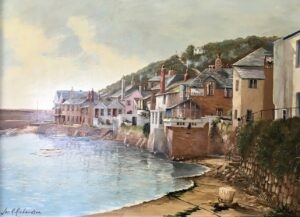
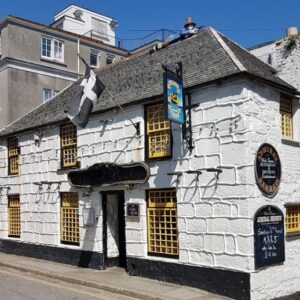
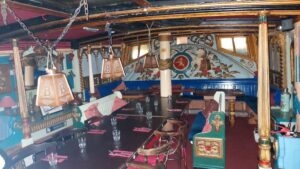
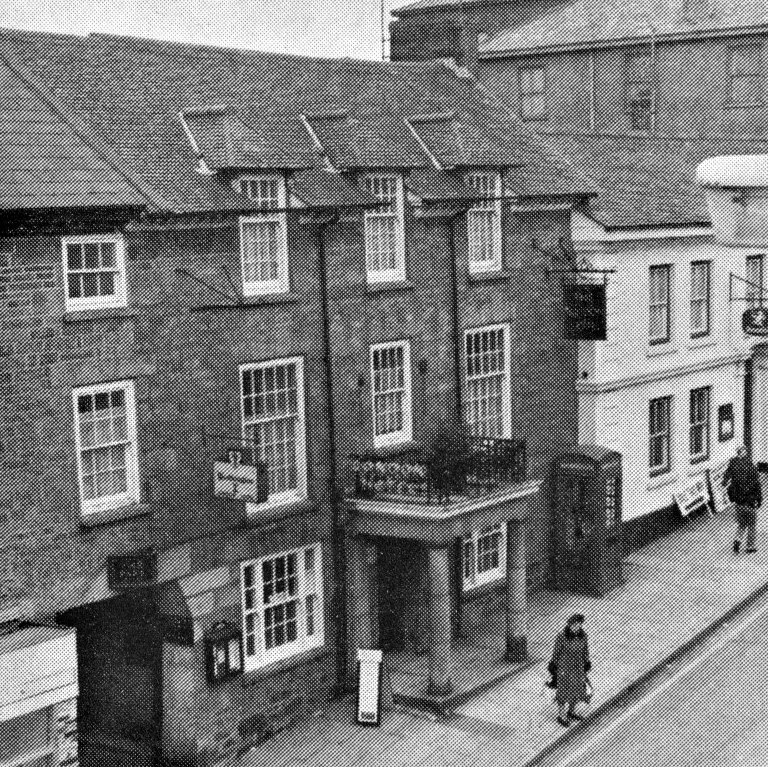
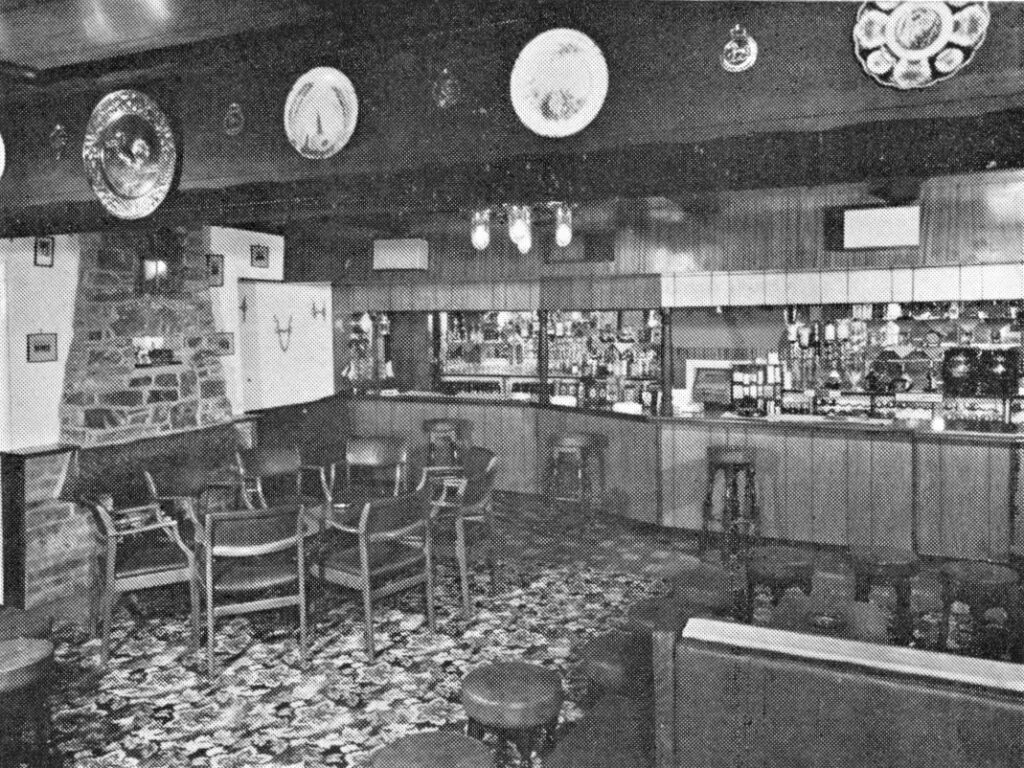
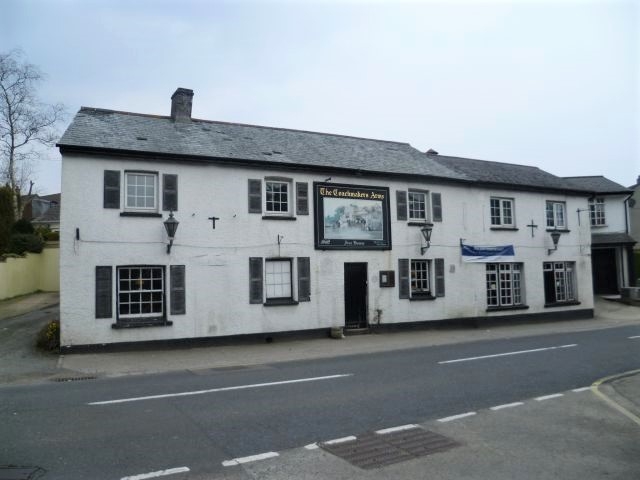
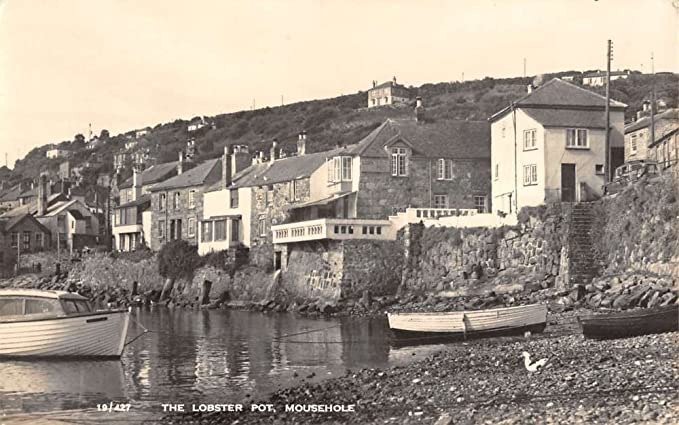
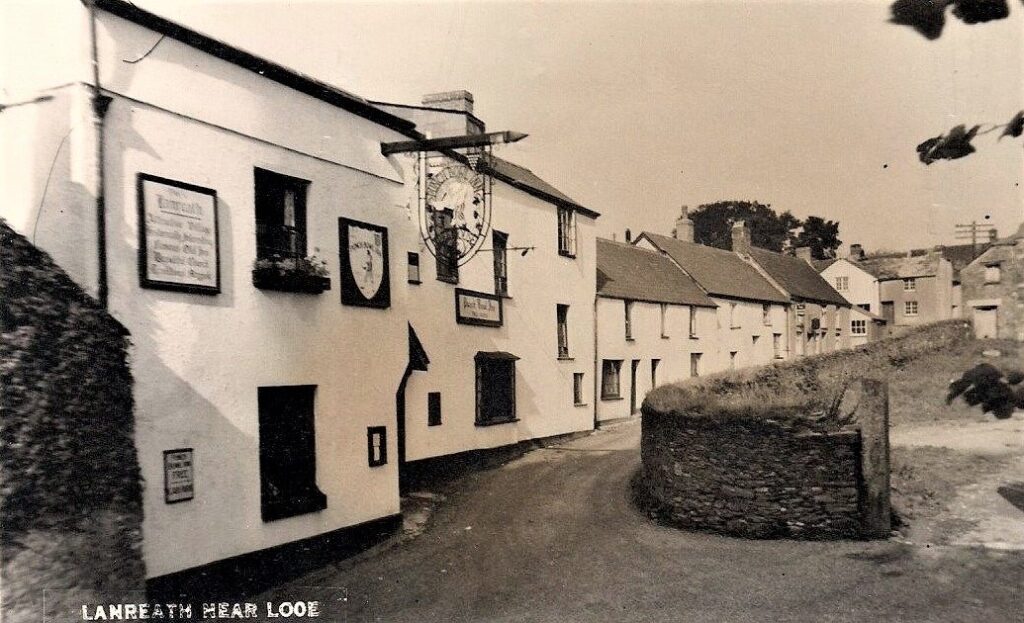
![Ertach Kernow - 30.11.2022 [Vanishing social heritage-1] Ertach Kernow - Vanishing social heritage](https://www.cornwallheritage.com/wp-content/uploads/2022/12/Ertach-Kernow-30.11.2022-Vanishing-social-heritage-1-254x300.jpg)
![Ertach Kernow - 30.11.2022 [Vanishing social heritage-2] Ertach Kernow - Vanishing social heritage](https://www.cornwallheritage.com/wp-content/uploads/2022/12/Ertach-Kernow-30.11.2022-Vanishing-social-heritage-2-254x300.jpg)
![[127] Ertach Kernow Heritage Column - 30th November 2022 - Pride in Cornish Heritage Ertach Kernow Heritage Column - 30th November 2022 - Pride in Cornish Heritage](https://www.cornwallheritage.com/wp-content/uploads/2022/12/127-Ertach-Kernow-Heritage-Column-30th-November-2022-Pride-in-Cornish-Heritage-289x300.jpg)